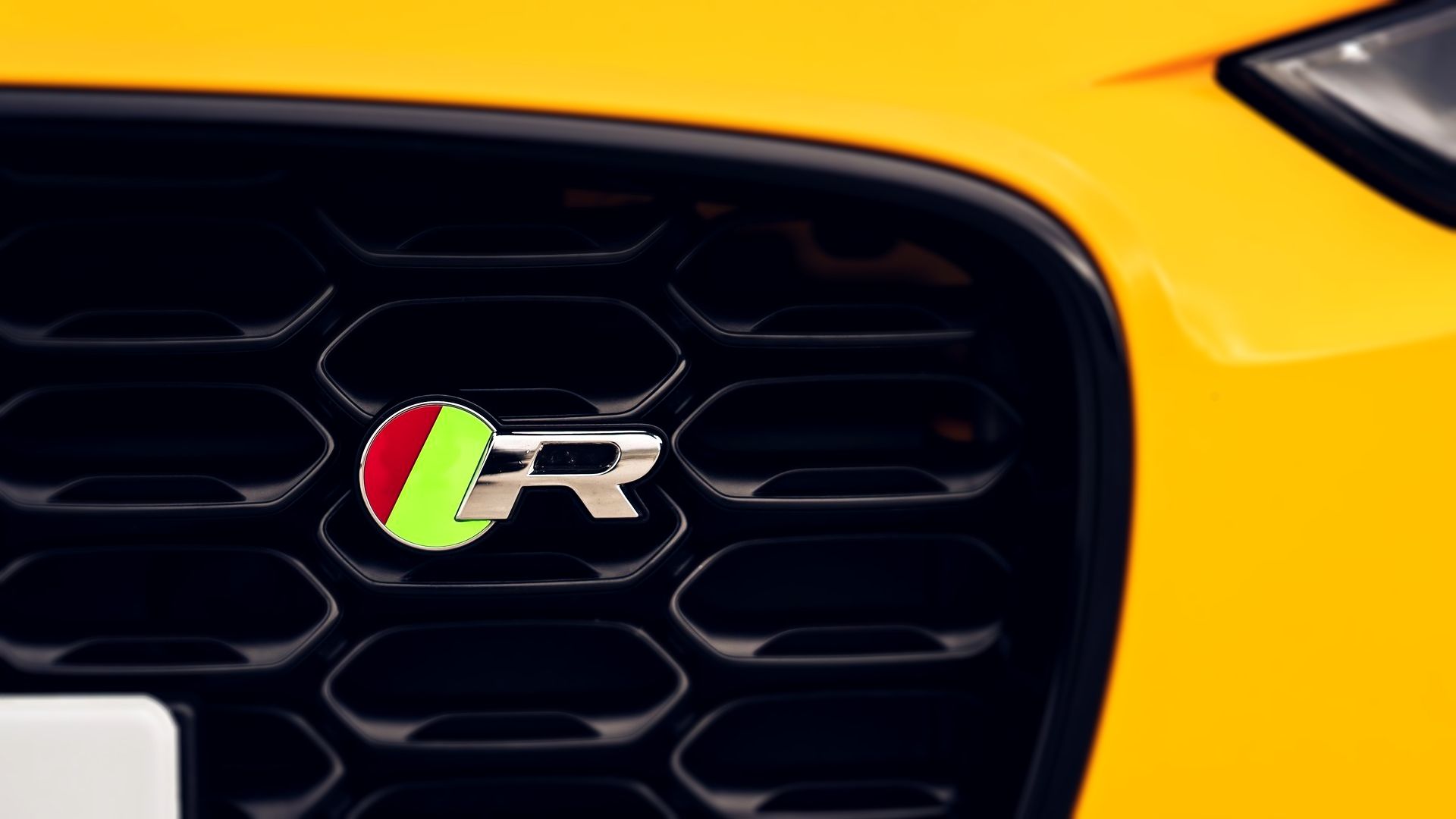Golf
How Scottie Scheffler Could Win the British Open

When he’s asked to compare Scottie Scheffler to another outstanding player in the history of golf, University of Texas golf coach John Fields typically mentions Seve Ballesteros, the Spanish champion with the ingenuity and dexterity of a sculptor shaping a lump of clay. Just as the late Ballesteros did throughout his decorated career, Scheffler uses his hands as an extension of a supple imagination occupied only by the shot that needs to be struck in a particular circumstance. “I’d only seen that one other place,” Fields says. “I still believe today that somewhere in [Scottie’s] body is some remnant of Seve.”
Fields speaks from experience. After graduating from the University of New Mexico, he played professional golf in Europe in the early 1980s, when Ballesteros was in his prime. It was partly because he watched Ballesteros from such close range that Fields became a college golf coach. Competing successfully as a professional golfer required a certain creativity under pressure that is rare in any sport. Fields accepted that he lacked it, and three decades later, as the head coach at UT, he began recruiting a high school sophomore from Highland Park in Dallas. Fields eventually took to calling that player Ballescheffler.
Among his eighty-plus career titles worldwide, Ballesteros earned three Claret Jugs, the trophy presented to the winner of the Open Championship, typically referred to by Americans as the British Open. He never won at the site of the 152nd Open, which begins Thursday at Royal Troon, on the Ayrshire Coast of western Scotland. Scheffler enters his fourth Open Championship there as the top-ranked player in the world. He’s won six PGA Tour events this season. He is, as he has been since his first tour victory, in 2022, one of the favorites.
Scheffler has scored a dozen wins out of 126 career starts. This year has been his best yet, as he leads the field in most of the key statistical categories. His per-round scoring average of 67.78 is the lowest among all PGA pros. His percentage of greens hit in regulation (74.14) is the highest. He’s the best iron player in the game—peerless at 100 to 175 yards from the hole. He ranks among the top five players in total driving, a stat that combines accuracy, distance, and other factors. Scheffler is crafting a historic season by every standard, including winning his second Masters title in April. He’s won on every type of golf course—long and rugged (Bay Hill, in Florida), short and tight (Harbour Town, in South Carolina), bold and demanding (TPC Sawgrass, in Florida, and Muirfield Village, in Ohio), spacious and sloping (Augusta National, in Georgia), gentle and inviting (TPC River Highlands, in Connecticut). He’s won some tournaments by a little and others by a lot. He’s playing the finest stretch of complete golf that anyone has witnessed in nearly twenty years.
“Nobody has better control of his golf ball,” says Kevin Van Valkenburg, editorial director for the golf website No Laying Up. “He’s so clearly better at this than everyone . . . except for putting,” he adds. Ah, yes, there is that. Scheffler endured a putting slump in 2023, including some high-profile misses of very short putts and the intense scrutiny that followed. He hired a putting coach, Phil Kenyon, who helped Scheffler fine-tune his technique. Long an enthusiast of blade-style putters, Scheffler fiddled with a mallet through the fall and settled on a TaylorMade Spider, which he debuted in March at the Arnold Palmer Invitational. He putted solidly and won by five.
After that victory, Scheffler said he did a good job of “keeping the mind as quiet as possible.” He accepted a missed putt, even a short one, instead of berating or lecturing himself. “Part of the problem is just trying too hard,” he told reporters in March, after he won the Arnold Palmer Invitational. “It’s frustrating to not have the best of myself, because I know that I can putt really well.”
While his putting statistics in 2024 rank far below those for other aspects of his game, Scheffler has improved, which means the questions he faces have changed. Instead of asking about mismanagement and tension on the greens, close observers of the professional game are wondering just how much better the season can get for the 28-year-old new father. No one had won six tournaments in a season before the month of July since Arnold Palmer did it in 1962. No one since 2004—when Vijay Singh accomplished the feat, after Tiger Woods in 2000—has won nine times. Suddenly that seems within reach. Following his most recent victory, last month in Connecticut, a reporter asked Scheffler whether he thinks much about his place in history and the record books. “A little bit,” Scheffler allowed. But he also said he tries “not to look too far into the past or look too far into the future.”
That future is now. His start at the Open Championship is his first since winning at TPC River Highlands, in Cromwell, Connecticut, and the challenge he faces will be very different. Weather plays a more significant role on Scottish links courses, and so does the element of luck, which must be endured with stoicism. Players on the wrong side of the draw—in the afternoon wave, for example—can face pummeling winds and stinging rain after contestants in the morning hummed along in light breezes and sunshine. In either circumstance, a golfer might drive his tee shot down the middle of the fairway only to see it land on the side of a subtle mound and scoot into knee-high rough. His approach shot might die under the sheer wall of a deep pot bunker, or land on the front of the green and bound all the way over the back. American golf courses are well irrigated, soft, and lush. Linksland courses are firm and fast. Their contours—rumpled and bronzed fairways, vexingly dimpled greens, and numerous, profoundly penal sand bunkers—must be respected. The links game is far less aerial than the American game. The Scots like to play it close to the ground, minding the influence of the ever-present sea winds.
Given his skill at keeping his ball on its line, and at controlling its trajectory, Scheffler looks like a strong true contender at Troon. The holes there are manifestly straightforward. Everything looks manageable from the tee, with the exception of number eight, the so-called Postage Stamp hole, a tempting but dangerous short par-3 where one wayward shot summons all manner of disaster. Its narrow green, at the base of a sand hill, resembles “a pitching surface skimmed down to the size of a postage stamp,” William Park Jr. wrote more than a century ago in Golf Illustrated.
But, like the other greens at Royal Troon and Open Championship links courses, it’s relatively slow, by the standards of American golf. The Royal and Ancient Golf Club of St Andrews, which administers the Open, respects the critical role of wind in the championship and therefore maintains longer grass on the greens, leading to slower putting speeds and, generally speaking, fewer rounds being derailed by putting mistakes. “What you do tee to green matters five times as much as what you do on the greens,” says Brandel Chamblee, lead analyst for the Golf Channel.
All of this might benefit Scheffler, who is the best tee-to-green player in the world—but not, at least statistically, the best putter. In its nine previous years as the host course for the Open Championship, Troon typically has crowned world-class champions in their best form. Palmer won there in 1962. Tom Weiskopf took the title in 1973. Tom Watson won one of his five Claret Jugs at Troon in 1982. All of them were highly ranked players. In 2016, Henrik Stenson took down Phil Mickelson in a thrilling duel, with Stenson relying on his bold driving and exceptional iron play to seal the win. That’s exactly how Scheffler has been playing in 2024. “I’d say the golf course is a great venue for the best players in the world,” Chamblee says.
There have been outliers. Mark Calcavecchia (whose official world golf ranking was number 11) beat Greg Norman (number 3) at Troon in 1989. Little-known Todd Hamilton (then number 56), a PGA Tour rookie at 38 years old, held off Ernie Els (number 2) in 2004. And that brings us to 1997, when another Dallas resident and former Texas Longhorn prevailed over better-known and more experienced pros Darren Clarke and Jesper Parnevik.
Justin Leonard was 25 that year. Like Scheffler, Leonard had learned the game under instructor Randy Smith at Royal Oaks Country Club in Dallas. Like Scheffler, Leonard was a deadeye driver of the ball whose control with his irons gave him great success, including a U.S. Amateur championship in 1992. Unlike Scheffler, Leonard held the number-nineteen ranking in the world—not a complete surprise to win at Troon, but not exactly a runaway favorite.
Leonard rallied from five strokes behind and shot a final-round 65, making him the first player since 1931 to complete such a comeback. It also made him the youngest winner of golf’s oldest major championship since Ballesteros did it, in 1979. Leonard’s victory featured many of the hallmarks of previous championship performances at the Open. Luck was on his side; he kept his ball out of the gorse and away from the pot bunkers, and the draw worked in his favor. But what helped Leonard the most that afternoon in Scotland?
His skill on the greens. Leonard sunk putts when they mattered most. That’s not luck. That’s a skill. No one, not even Scottie Scheffler, can win on Sunday without it.










